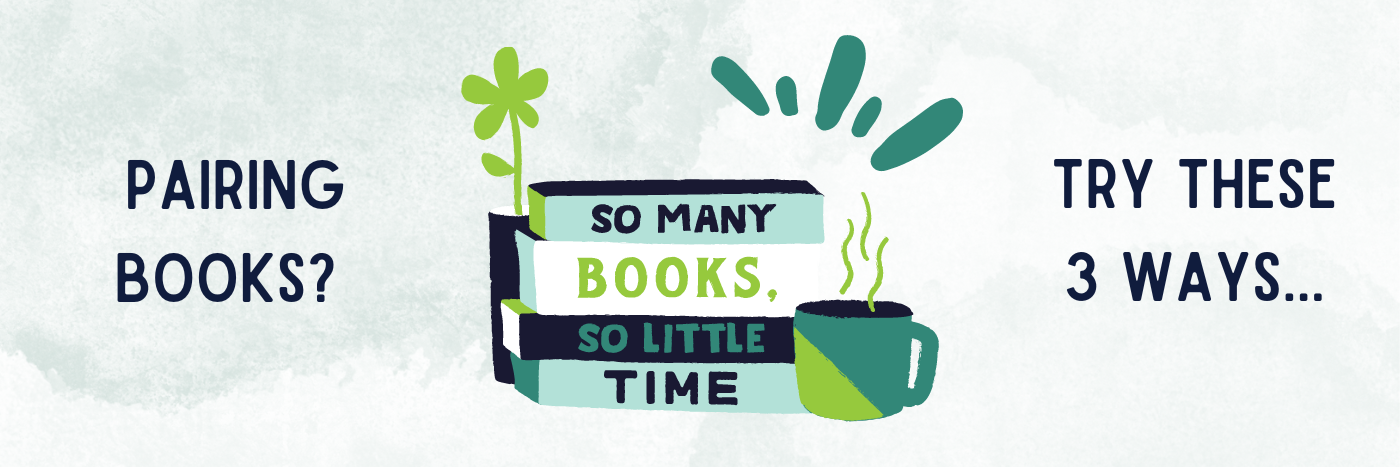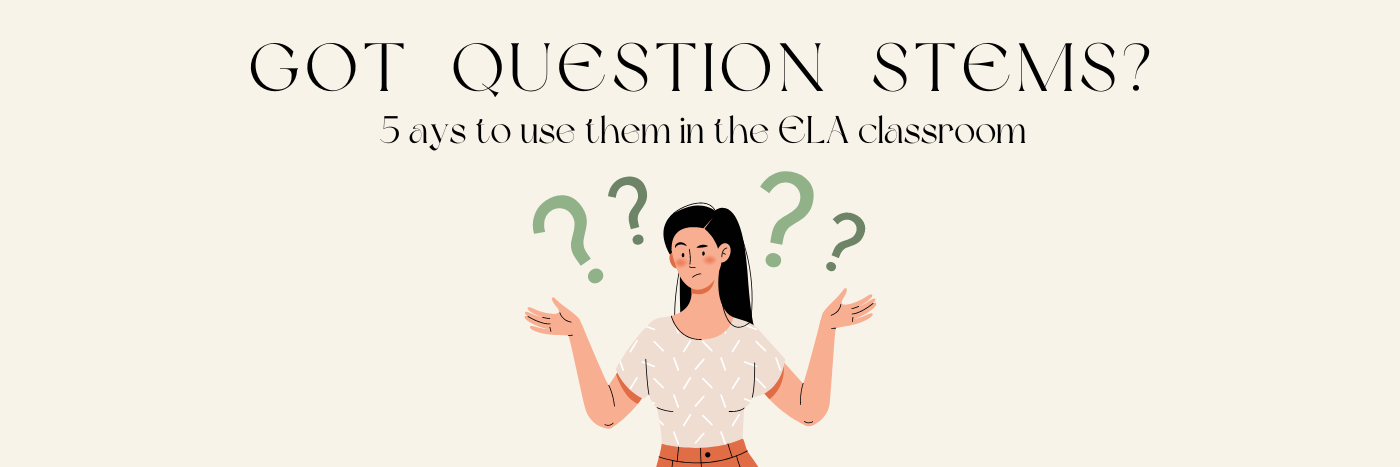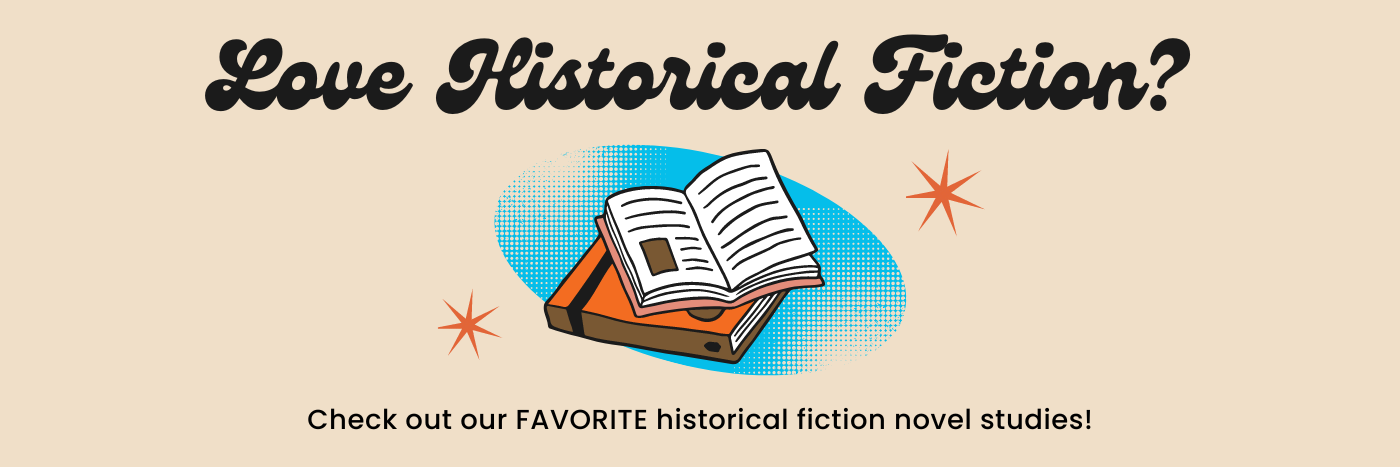
Pair Novels in the Classroom Like a Pro
In the article “5 MORE Questions to Ask When Selecting Classroom Novels” I mentioned how novel-pairing potential should be an important factor when considering a book for your curriculum. However, classroom context matters, and book pairing may require some creativity to execute. Here are 3 ways to pair novels in the classroom like a pro. Pairing is a fantastic way to provide students critical space to make robust text-to-text connections, engage in meaningful discussion, and hone their analytic skills. It also reveals to them one of the great joys of literature: discovering and joining the conversations that exist across time and space amongst and between texts.
One In | One Out
One way to pair novels in the classroom like a pro is with two novels, teaching one in-class with students while students engage with the second independently at home. The benefits are two-fold. First, students can use the at-home novel as a way to independently practice the skills learned in class. Second, when read in tandem, the novels create avenues for connection and discussion. They can speak to each other, and you can position your students to facilitate their conversation. For instance, every class can include dedicated for discussing the links they are making, which will help them synthesize the works and inspire new ideas.
One Guided | One Small Group or Independent Work
Similar to the structure above, use one novel to read aloud in class and the other for small group work and centers. The small groups can reflect literature circles. Each group can work with a different novel or each group can have the same book. Either option will create the opportunity for cross-text analysis. The difference is the level of support you are providing for students to access the second text. Rather than having them read it independently, you will be there to help them understand it. Connections and conversations will inevitably follow.
One Class | One Other Class
Teach one novel for ELA and teach another novel for History. This option may look different for different teachers depending on your schedule. It could work as a collaboration with a colleague, if you teach in a self-contained room, or if you are charged to teach both ELA and History. Regardless of the set-up, take advantage of the countless connections between these two classes to build a seamless experience for students across the subjects. Powerful pairings can be made even if reading a second novel is impossible due to limited resources or time. In that case, you could pair books with short stories, poems, nonfiction readings, and more. Together, they will spark conversation you seek.
To start, think about the wealth of books with historical settings that influence the narrative or are set in evocative time periods. You could use using a fiction novel in ELA and a related, nonfiction book in History. Your students will not only converse about the books but also connect and discuss the linkages between subjects. They will see how the world shapes literature. They will see how it emerges from the world and the stories it tells project the voices of the people that lived it. A really compelling way to take this approach to the next level is choosing literature of marginalized voices. How does their inclusion in the conversation change the understanding of the history as it is commonly told?
Paired texts not only allow for such provocative questions but also create space for dialogue to try and answer them. Often, there are no clear answers, but this is also the point of literature. Students will be exposed to the power of ideas and had an opportunity to debate them. It’s a great experience for them to have.
More Blog Posts
It’s time for the annual LIT Lessons Novel Study Giveaway! Year-over-year students grow and change, and those changes are often most pronounced when a new school year begins. It’s a fresh start and a restart. The message of Restart by Gordon Korman captures the spirit of new beginnings, evolving identity, and the universal experience of growing older.
Many ELA question stem resources provide vague sentence starters or surface level prompts to encourage students to engage with a text. Oftentimes, these resources lack true depth and rigor, which means students are not being adequately challenged to critically think about a text.
Middle grades historical fiction novels have come a long way from the books available ‘decades’ ago. In fact, this growing genre is now bursting with fantastic, inspiring, and insightful novels. It comes as no surprise that these books are finding their way into middle school ELA curricula…





